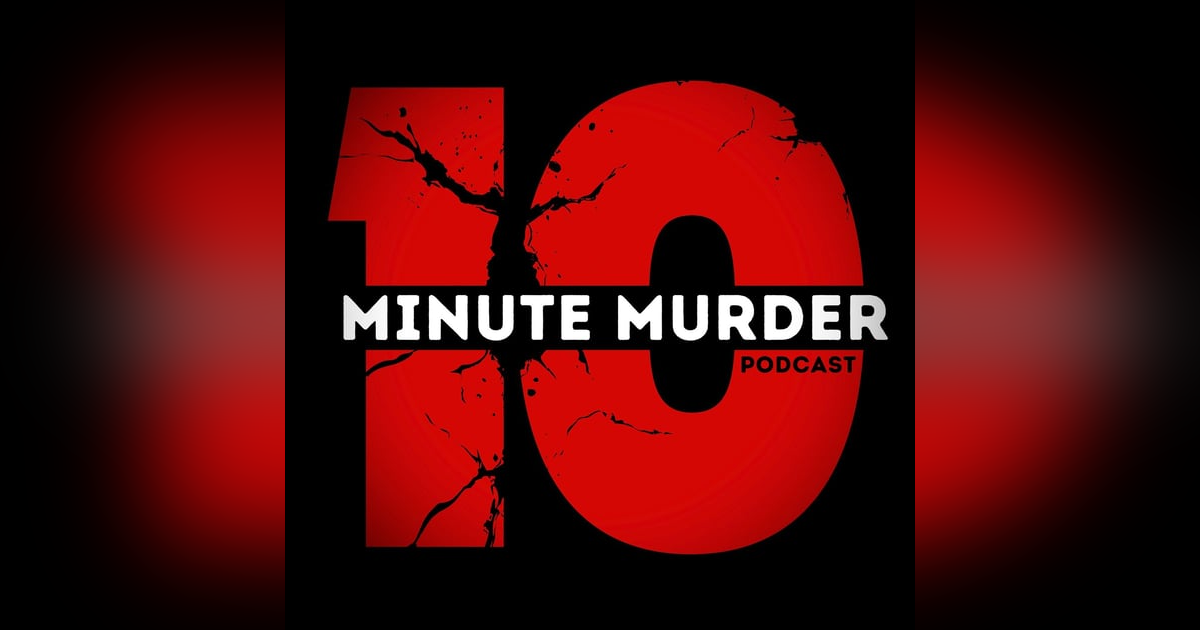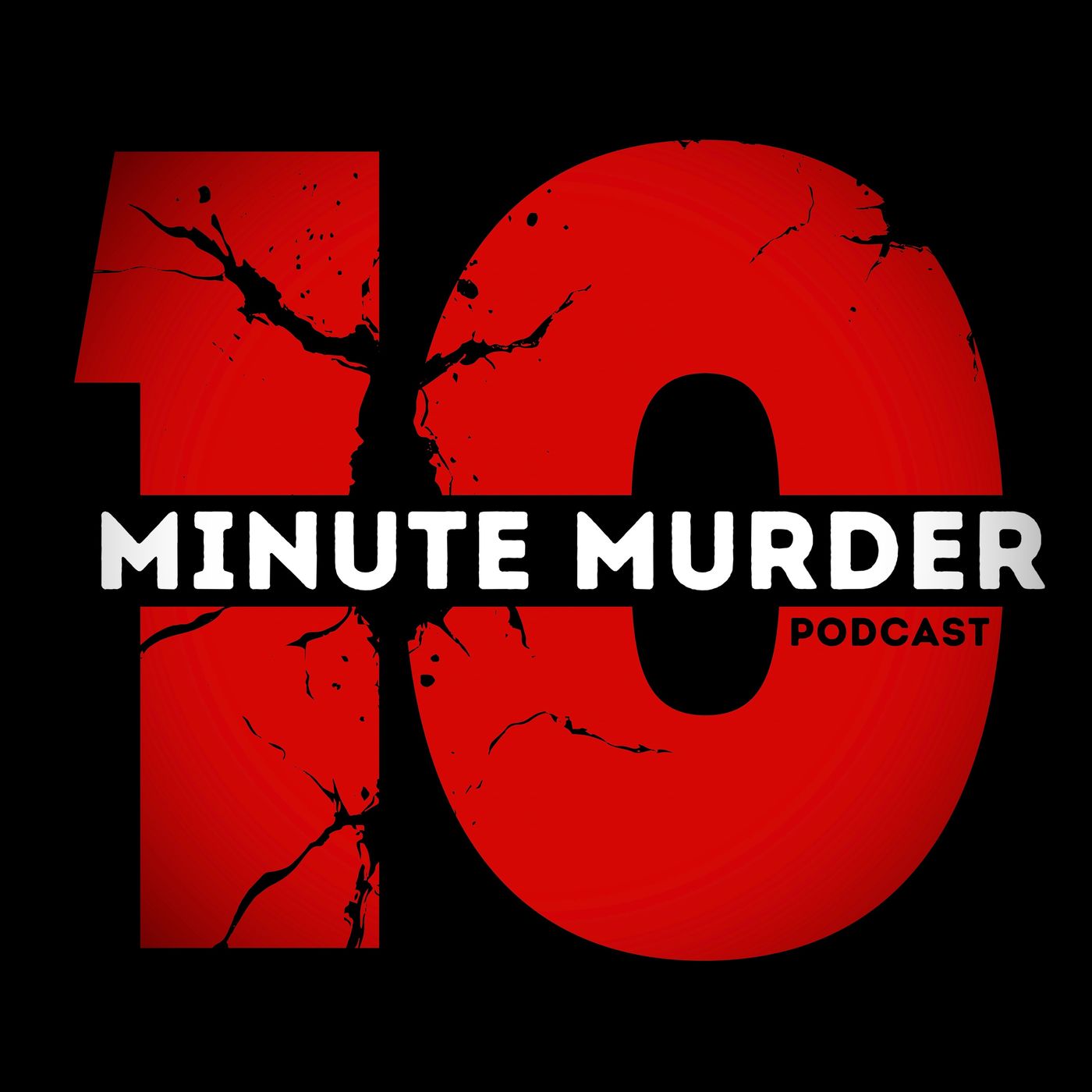The Pixy Stix Killer: How Ronald O'Bryan Weaponized Halloween

What if I told you that the person who created America's fear of poisoned Halloween candy was actually trying to commit the perfect murder? In 1974, a father in Texas handed his eight-year-old son a Pixy Stix. Within an hour, that child was dead. Today, we're diving into the case that changed Halloween forever and asking the question: how far would you go to solve your problems?
When Halloween Became a Horror Story
October 31, 1974, started like any other Halloween night in Pasadena, Texas. The O'Bryan family gathered with their neighbors, the Bates family, for dinner before trick-or-treating. Ronald O'Bryan, an optician and deacon at his Baptist church, seemed like the perfect suburban dad heading out with the kids. His wife Daynene stayed home while Ronald took their two children – eight-year-old Timothy and five-year-old Elizabeth – along with the Bates children through the neighborhood.
But something was different about this particular Halloween outing. While the other adults and children moved together as a group, Ronald kept separating himself. When they approached a house with no lights on, the children naturally moved on. Ronald didn't. He lingered behind, and when he rejoined the group minutes later, he was waving five oversized Pixy Stix, claiming some "rich neighbors" had given him the expensive treats.
Here's where the story gets disturbing. A former Pasadena detective later recalled that O'Bryan had those Pixy Stix "shoved up the sleeves of his raincoat." Ronald was carrying concealed weapons disguised as Halloween treats, premeditated and ready for distribution.
Ronald distributed the candy strategically – one to Timothy, one to Elizabeth, two to the Bates children, and one to a random ten-year-old from their church they encountered. When they returned home, Timothy wanted to try his Pixy Stix before bed. The powder was difficult to get out, so his father helped him loosen it. Timothy immediately complained that it tasted bitter, and Ronald suggested he wash it down with Kool-Aid.
Within minutes, Timothy was vomiting and convulsing. He went limp in his father's arms and was dead in less than an hour. What appeared to be a tragic Halloween accident was actually the culmination of months of planning by a father who had decided his son was worth more dead than alive.
The Respectable Facade Hiding Financial Ruin
Ronald Clark O'Bryan had mastered the art of looking successful while failing spectacularly. On paper, he was everything a 1970s suburban community valued: a professional optician, a church deacon who sang in the choir and ran the bus program, a married father of two. One pastor even called him "a good, Christian man and an above-average father."
The reality painted a far different picture. Ronald had been fired from 21 jobs in 10 years for reasons including negligence and fraudulent behavior. At the time of the murder, he was about to be fired again for suspected theft. His weekly salary of $150 wasn't covering his family's expenses, and he was drowning in debt.
The numbers tell the story of a man in complete financial freefall. He owed over $100,000 – roughly $640,000 in today's money. He had defaulted on bank loans, and his car was about to be repossessed. For someone maintaining the image of suburban success, these mounting failures created unbearable pressure.
But Ronald had a plan that was as methodical as it was monstrous. In January 1974, he took out $10,000 life insurance policies on both Timothy and Elizabeth. In September, he added another $20,000 policy on each child. Days before Halloween, he secured yet another $20,000 policy on each child. The insurance agency itself raised objections to these successive policies, but Ronald pushed through.
The total value reached $100,000 – exactly matching his debt load. His wife Daynene knew nothing about these policies or their family's financial situation. Ronald was planning to solve his money problems by murdering his children and collecting insurance payouts.
The Methodical Planning of Murder
Ronald's preparation for murder began over a year before Timothy's death. A chemist acquaintance testified that O'Bryan had asked him about the lethality of cyanide as early as summer 1973. He was researching murder methods while his family believed he was being the good father and husband.
Shortly before Halloween, a clerk at a Houston chemical supply store recalled a man in a beige or blue smock – similar to what an optician would wear – inquiring about purchasing cyanide. The man left when he discovered cyanide was only sold in bulk quantities. Ronald was literally shopping for the tools to kill his children.
His weapon of choice was deceptively simple but terrifyingly effective. He opened the Pixy Stix, replaced the top two inches of candy powder with potassium cyanide, and resealed them with staples. The single Pixy Stix Timothy consumed contained enough cyanide to kill two adults, while the four others contained enough to kill three to four adults each.
Ronald's plan relied on the emerging urban legend of stranger danger and poisoned Halloween candy. By giving poisoned treats to multiple children, he hoped to make Timothy's death appear random rather than targeted. It was a calculated attempt to hide familial murder behind societal fears.
The Unraveling of a Killer
Police suspected Ronald almost immediately, and their instincts proved correct. A Pasadena detective was struck by O'Bryan's bizarre lack of emotion, noting that he didn't behave "like most fathers would" after losing a child and didn't need to be physically restrained from rage or grief. His performance of grief was unconvincing to trained observers.
Ronald's story crumbled under scrutiny. Initially, he claimed he couldn't remember which house gave him the candy, despite trick-or-treating on only two streets. When pressed, he eventually led police to the home of air-traffic controller Courtney Melvin. But Melvin had an airtight alibi – he was working at William P. Hobby Airport on Halloween night, verified by multiple witnesses.
The evidence against Ronald became overwhelming. He was arrested on November 5, 1974, and indicted on one count of capital murder and four counts of attempted murder. Investigators uncovered his crushing debt, the suspicious life insurance policies, and testimony from the chemical supply salesman and chemist about his cyanide inquiries.
Fate intervened to save the other four children. One of the Bates children started to open his candy before his mother told him to save it for the next day. Most remarkably, the ten-year-old from church was found asleep in his bed, still holding the unopened candy because O'Bryan's staple was too secure for him to open.
Justice and the End of the Candy Man
Ronald's trial began May 5, 1975, and garnered national attention. The prosecution's case was devastating. His own wife, Daynene, testified against him, stating she knew nothing about the insurance policies and that Ronald had forced Timothy to choose the Pixy Stix. His sister-in-law and brother-in-law testified that on the day of Timothy's funeral, he talked about using the insurance money for a long vacation.
Ronald made the fatal error of taking the stand in his own defense. His testimony was unconvincing and inconsistent, and his performance failed when it mattered most. After just 46 minutes of deliberation, the jury found him guilty of capital murder and four counts of attempted murder.
Even hardened criminals on death row despised O'Bryan so much that they petitioned the warden for permission to hold a celebration when he was executed – and their request was granted. His crime was so universally condemned that men who had committed capital offenses themselves found his actions unforgivable.
On March 31, 1984, Ronald Clark O'Bryan was executed by lethal injection. His final statement was a masterpiece of denial, declaring "What is about to transpire in a few moments is wrong!" and offering forgiveness to those involved in his execution, while never once confessing or apologizing for his actions. As his execution was carried out, a crowd gathered outside the prison and mockingly shouted "Trick or Treat!"
The Ghost That Still Haunts Halloween
Ronald O'Bryan did more than kill his son – he fundamentally changed how America celebrates Halloween. His crime "forever altered the way Americans approach Halloween trick-or-treating traditions." Despite his case being the only confirmed death from poisoned Halloween candy, the fear he created became central to the holiday.
The tragic irony is profound. A targeted murder motivated by greed became the foundation for nationwide fears of random stranger danger. The phenomenon became known as "Halloween sadism," and the focus on poisoned candy obscured the more complex truth of familial betrayal.
The consequences for Ronald's surviving family were devastating. Shortly after his conviction, Daynene filed for divorce. Five-year-old Elizabeth was later adopted by her mother's new husband. Ronald's selfishness didn't end with Timothy's death – it shattered the lives of everyone he claimed to love, forcing his daughter to change her name to escape the shadow of her infamous father.
Fifty years later, parents still inspect Halloween candy, hospitals still offer free X-rays of treats, and communities still organize safe trick-or-treat alternatives. Ronald O'Bryan weaponized Halloween, turning a beloved childhood tradition into something parents approach with caution and fear.
The real horror of this story centers on a father who calculated the exact monetary value of his children's lives, decided the insurance payout was worth more than their futures, and then methodically planned their murders while maintaining the facade of being a loving parent. Ronald O'Bryan didn't lose his son on Halloween 1974. He murdered him, and in doing so, he murdered a piece of Halloween itself.
The ghost of Halloween isn't hiding in shadows waiting to harm children. It's the specter of ultimate parental betrayal, reminding us that sometimes the real monsters are the ones we trust most.












